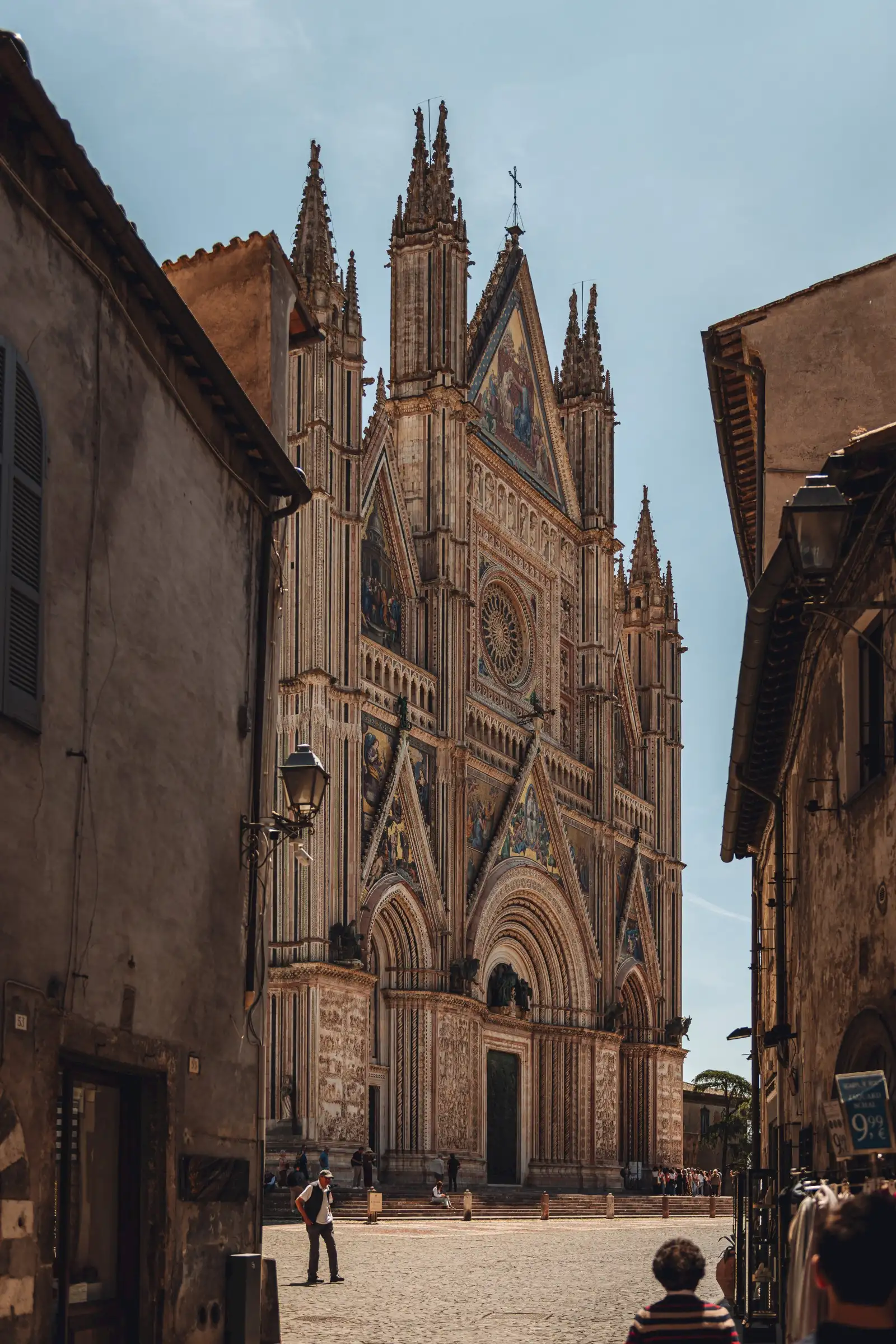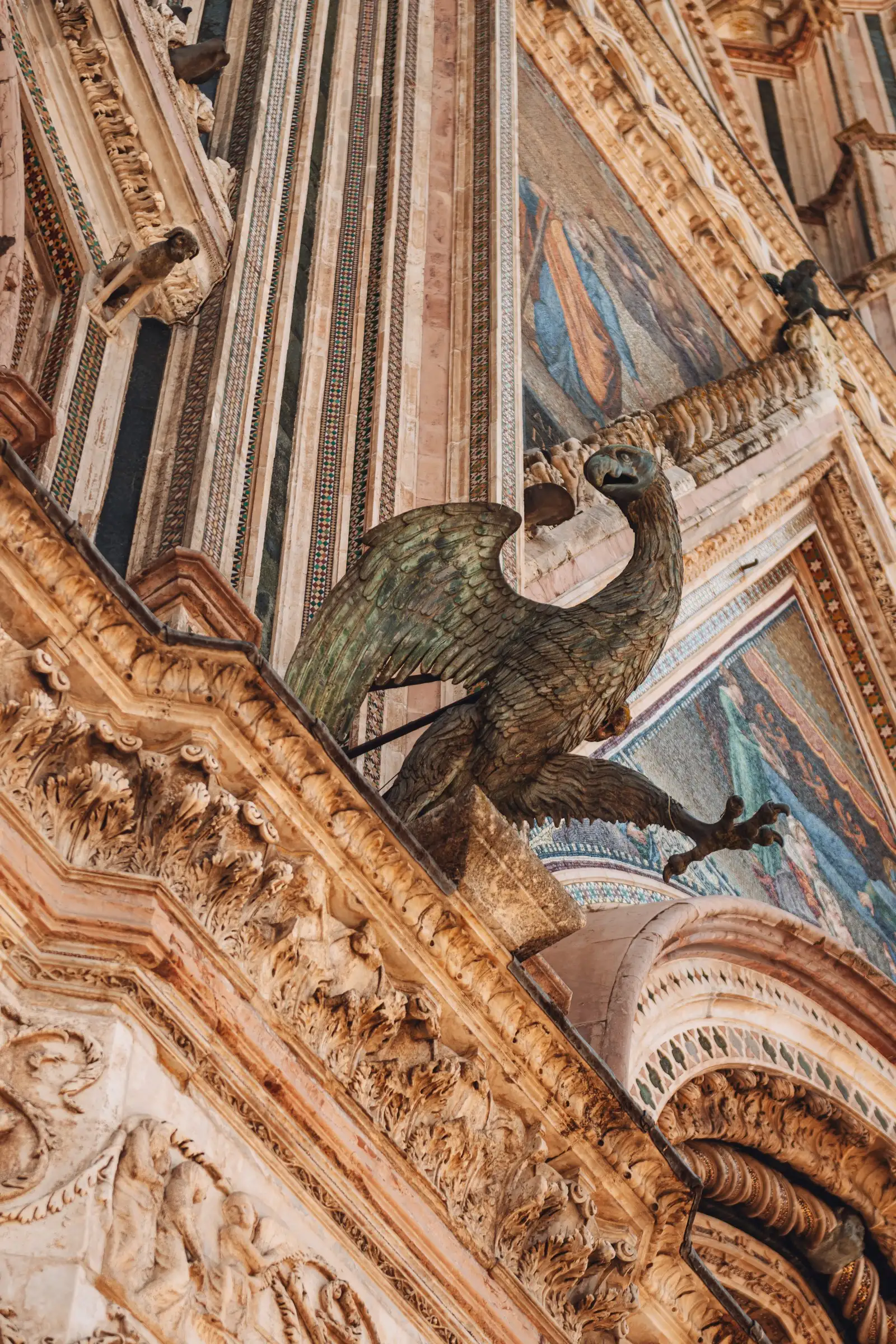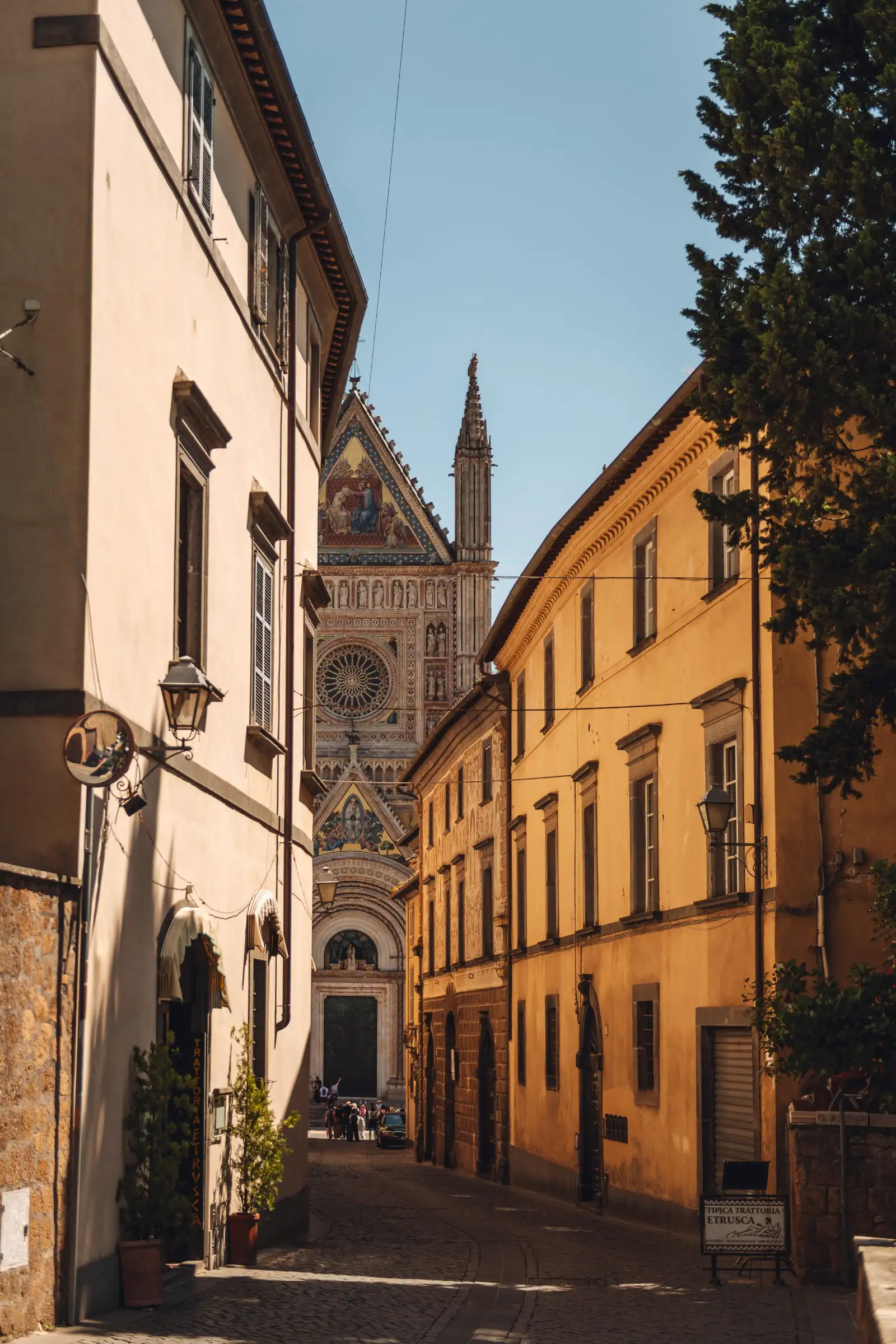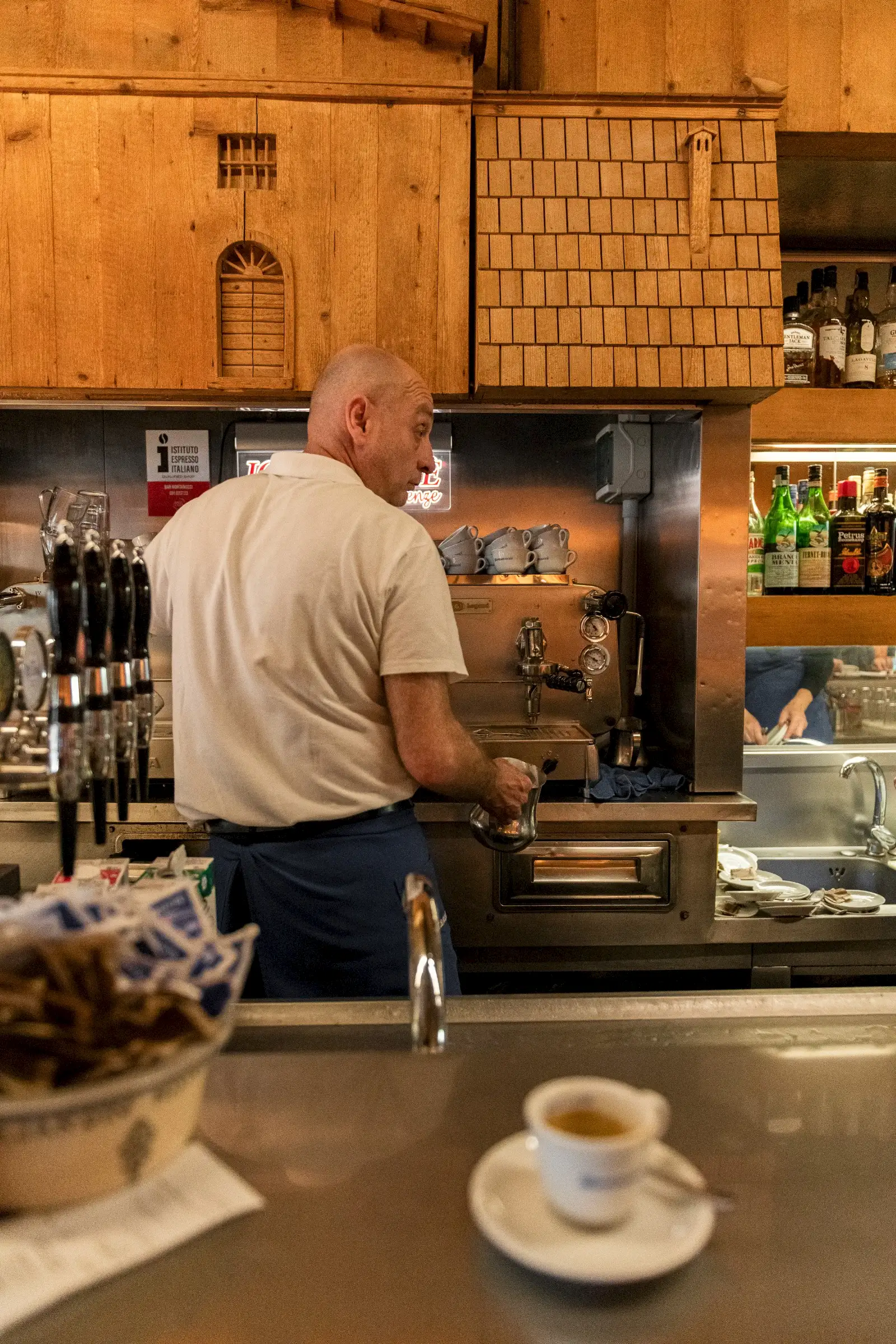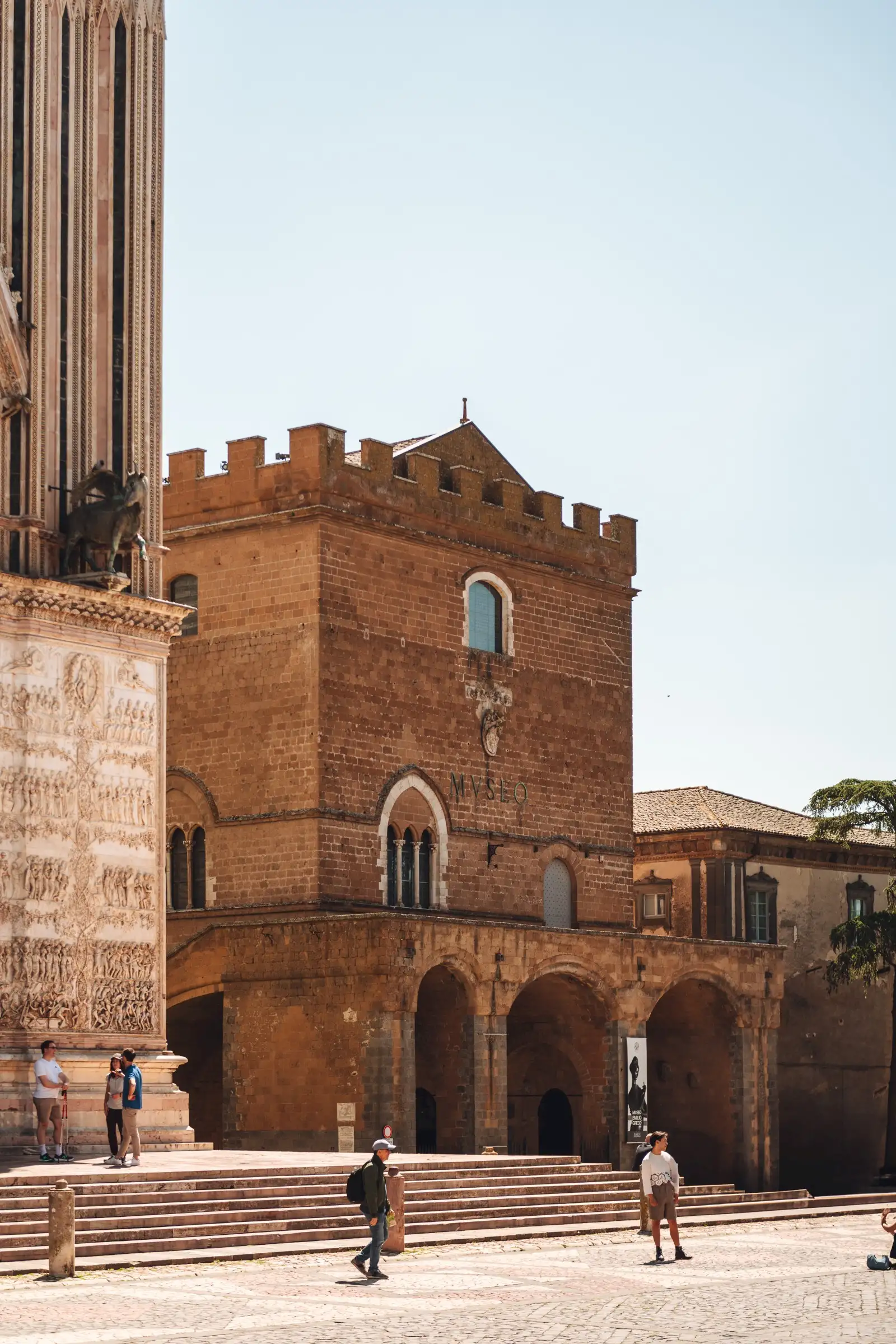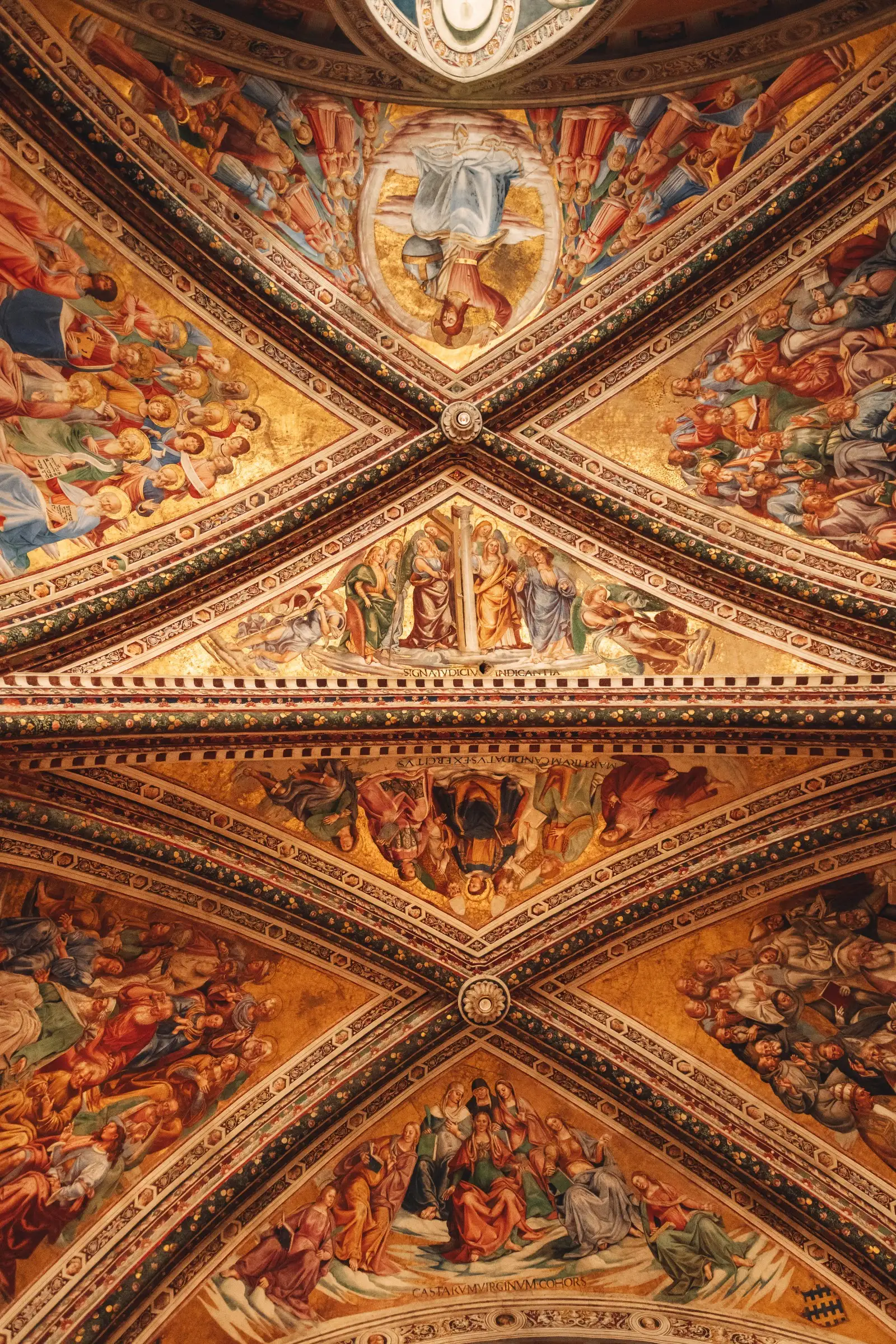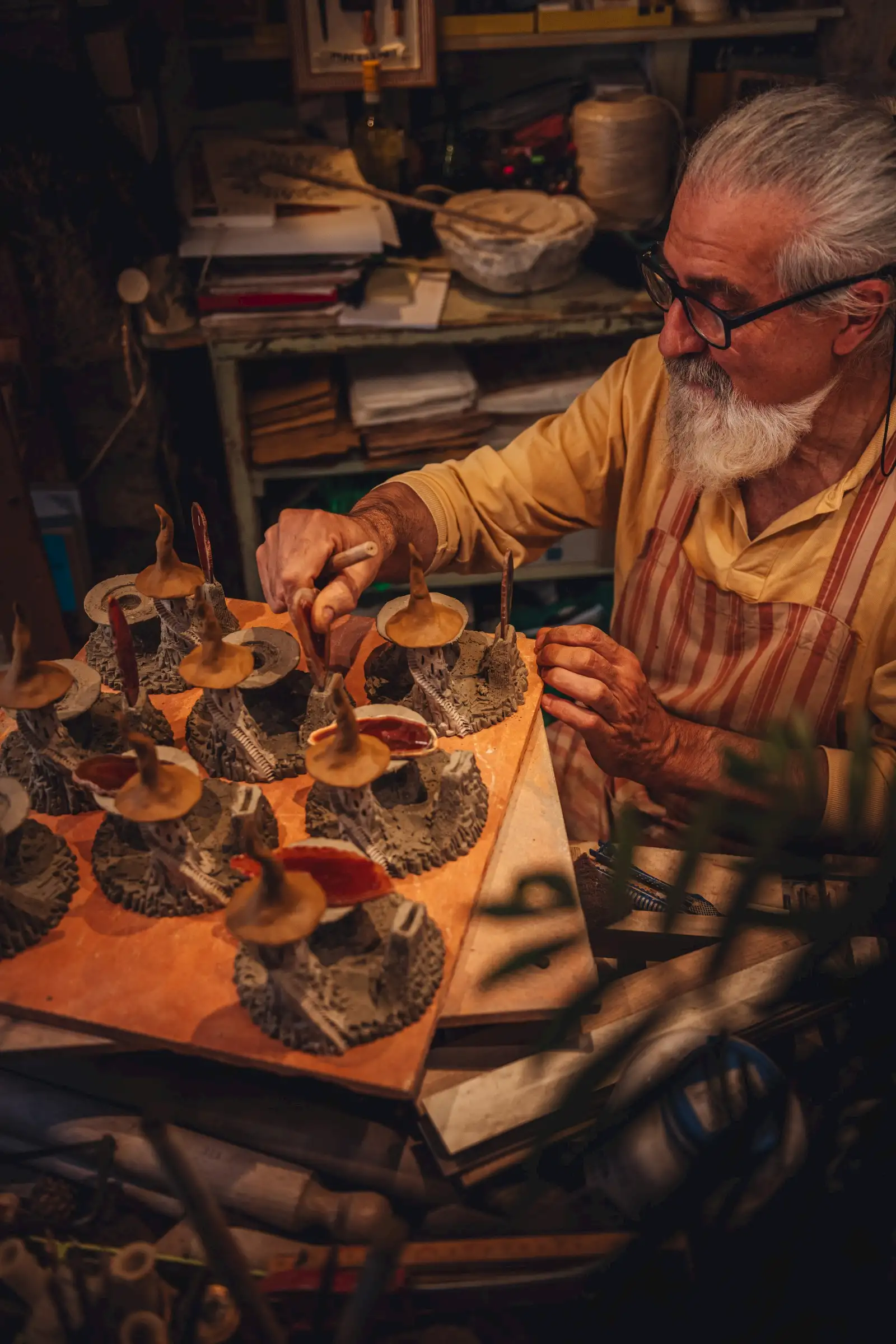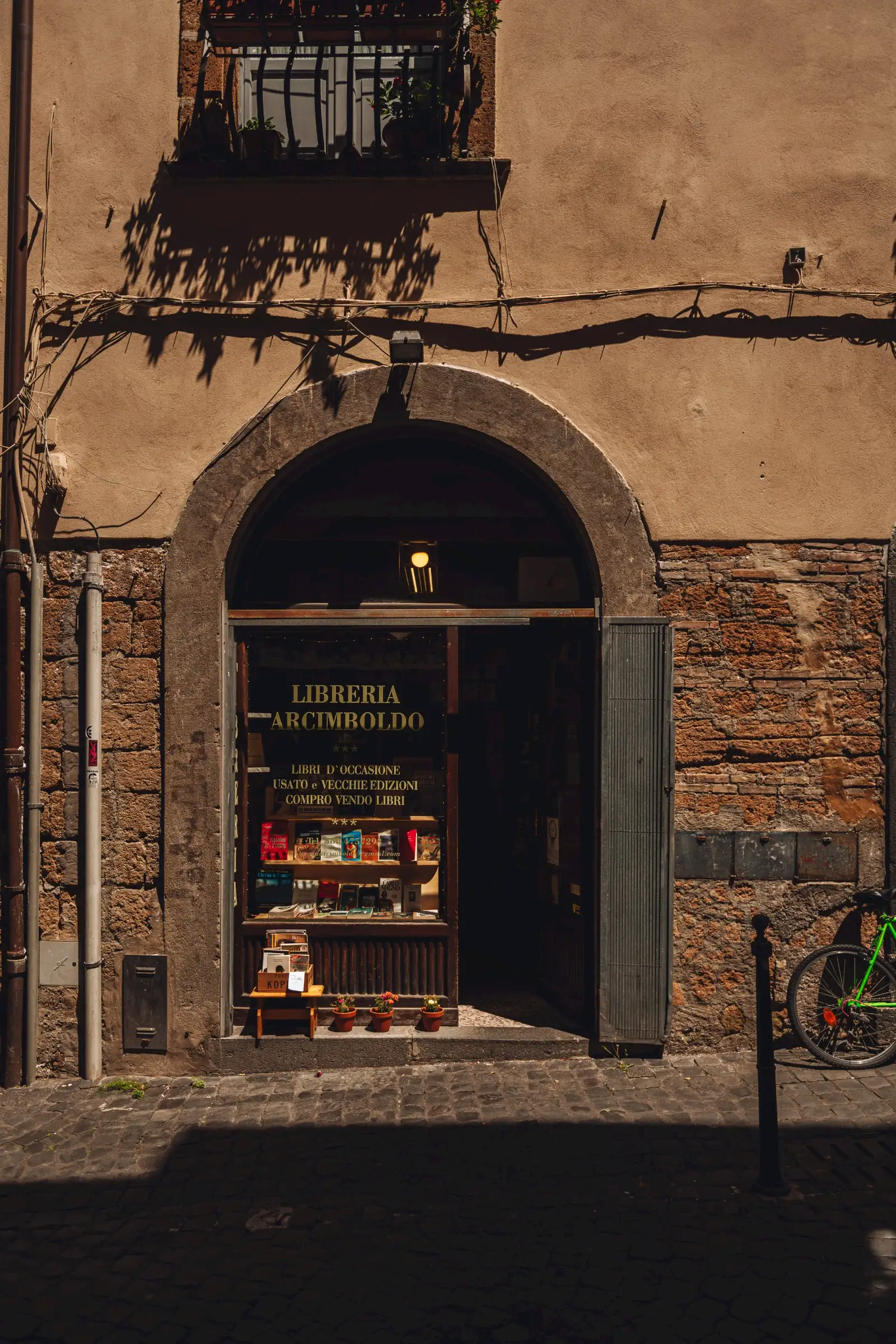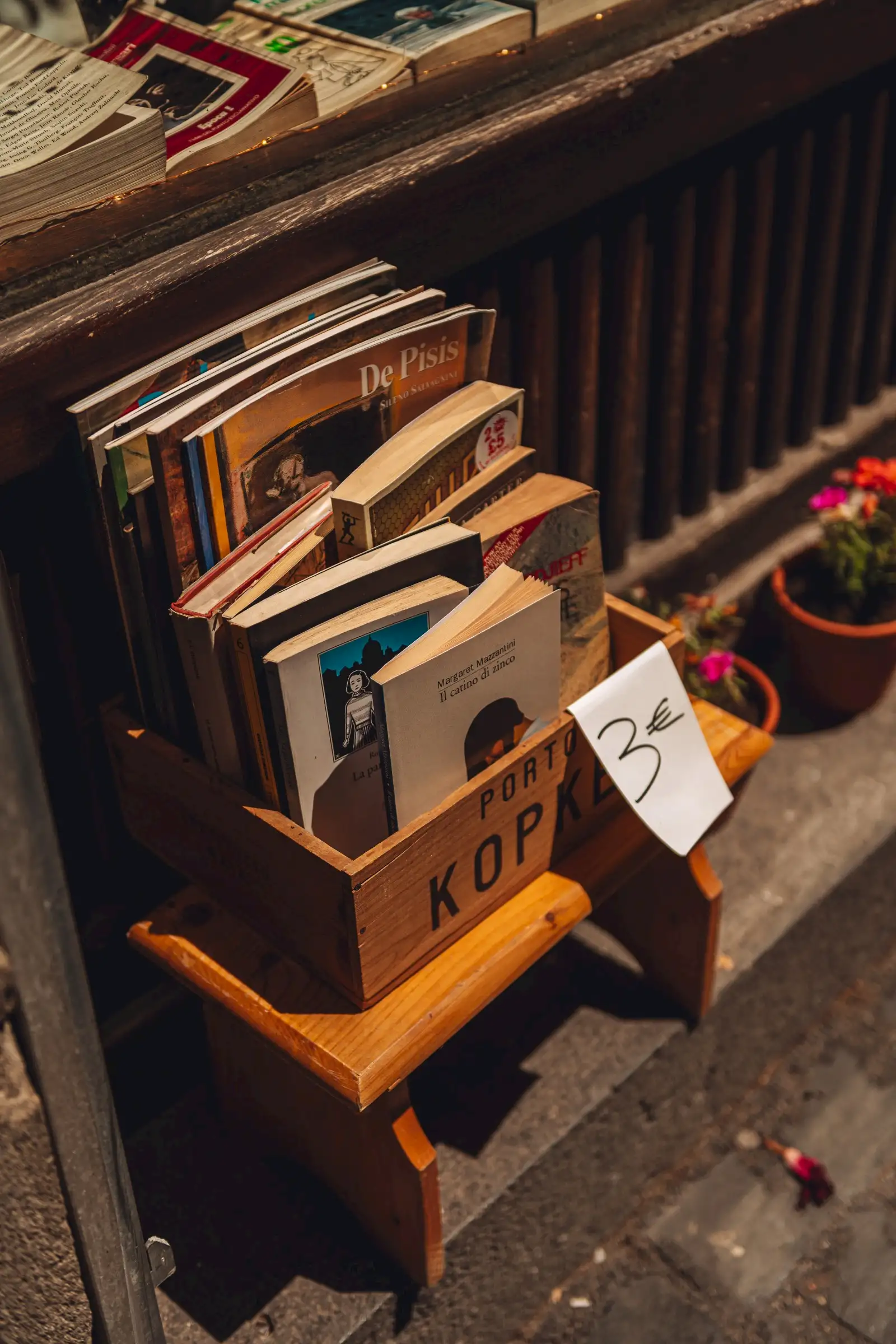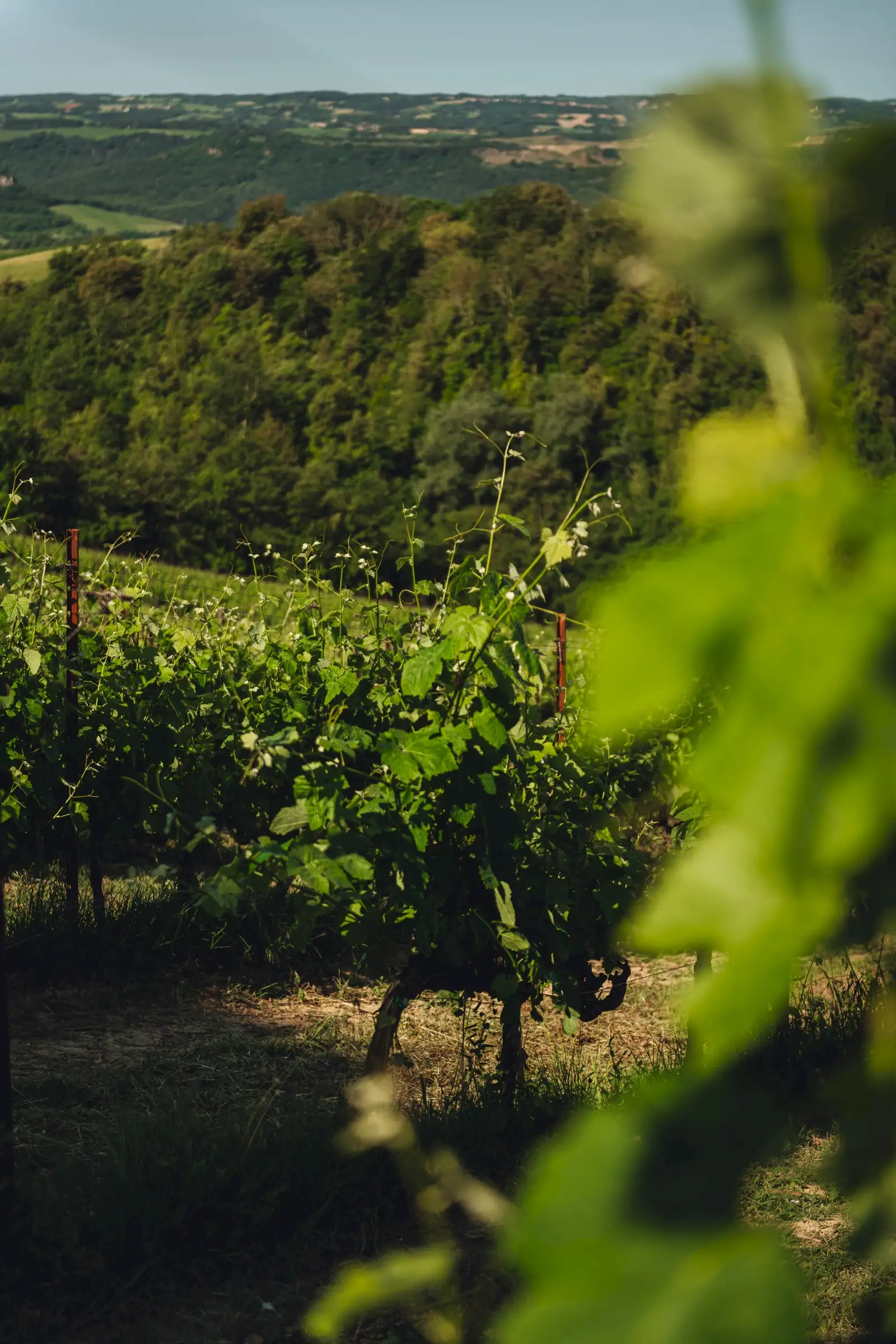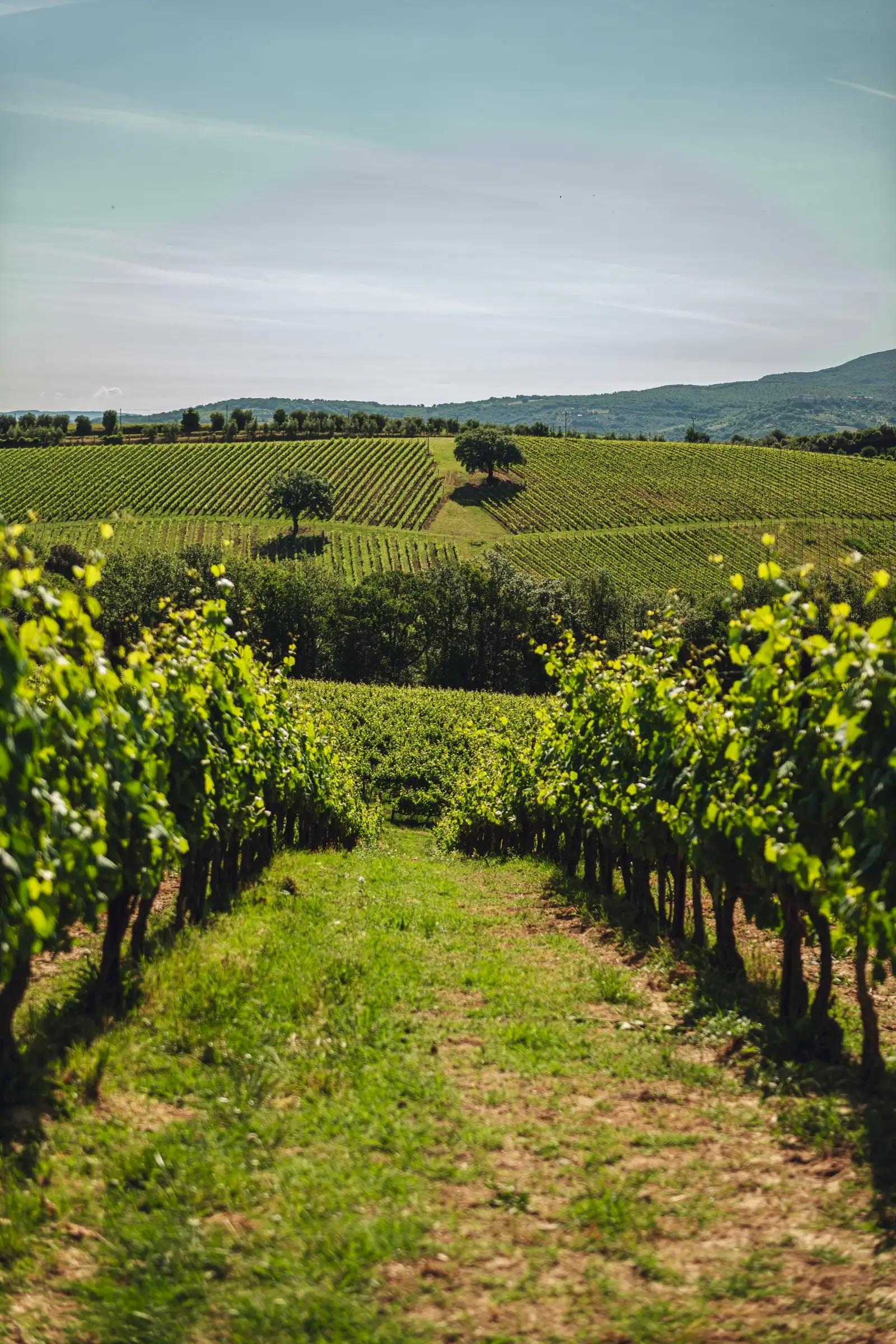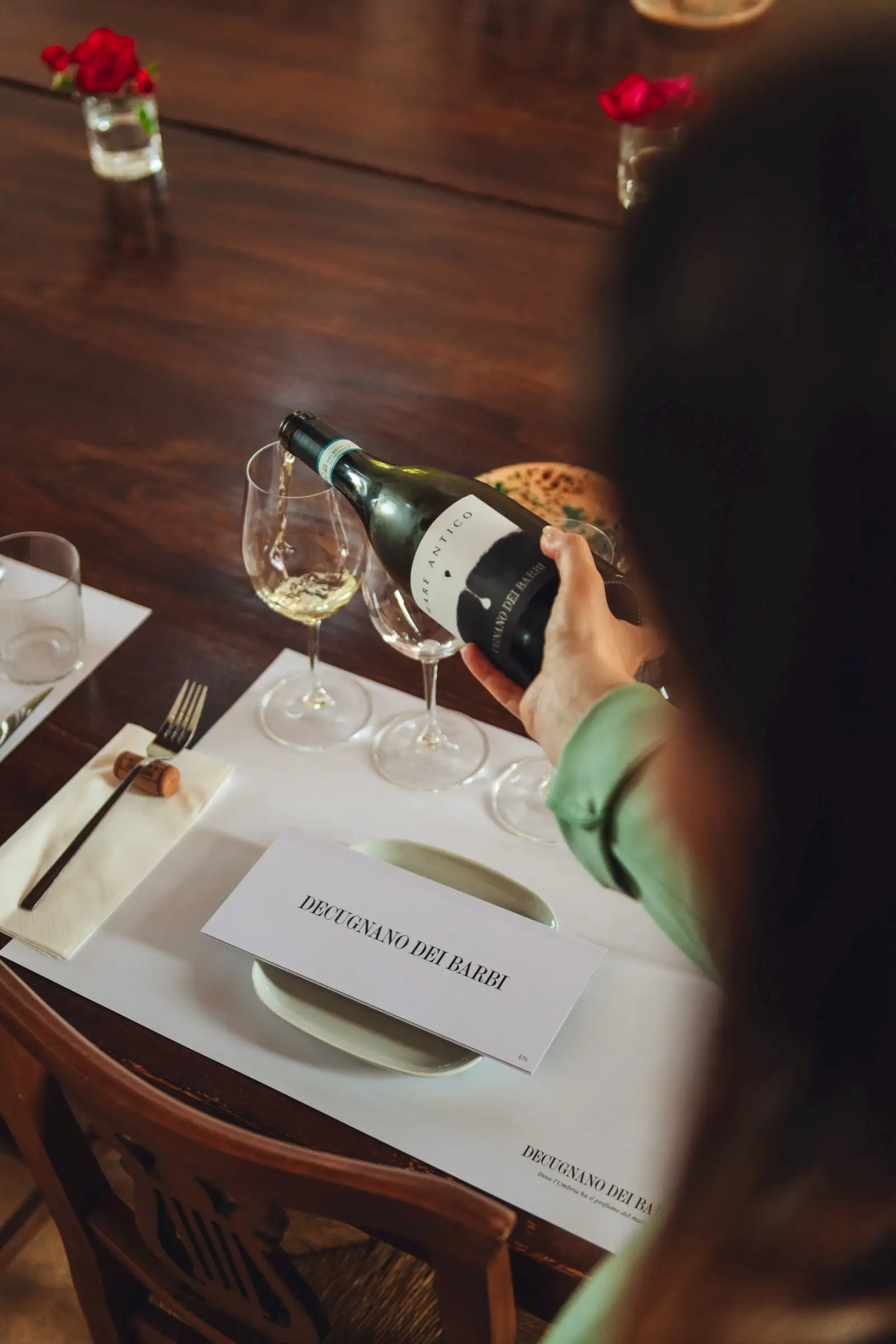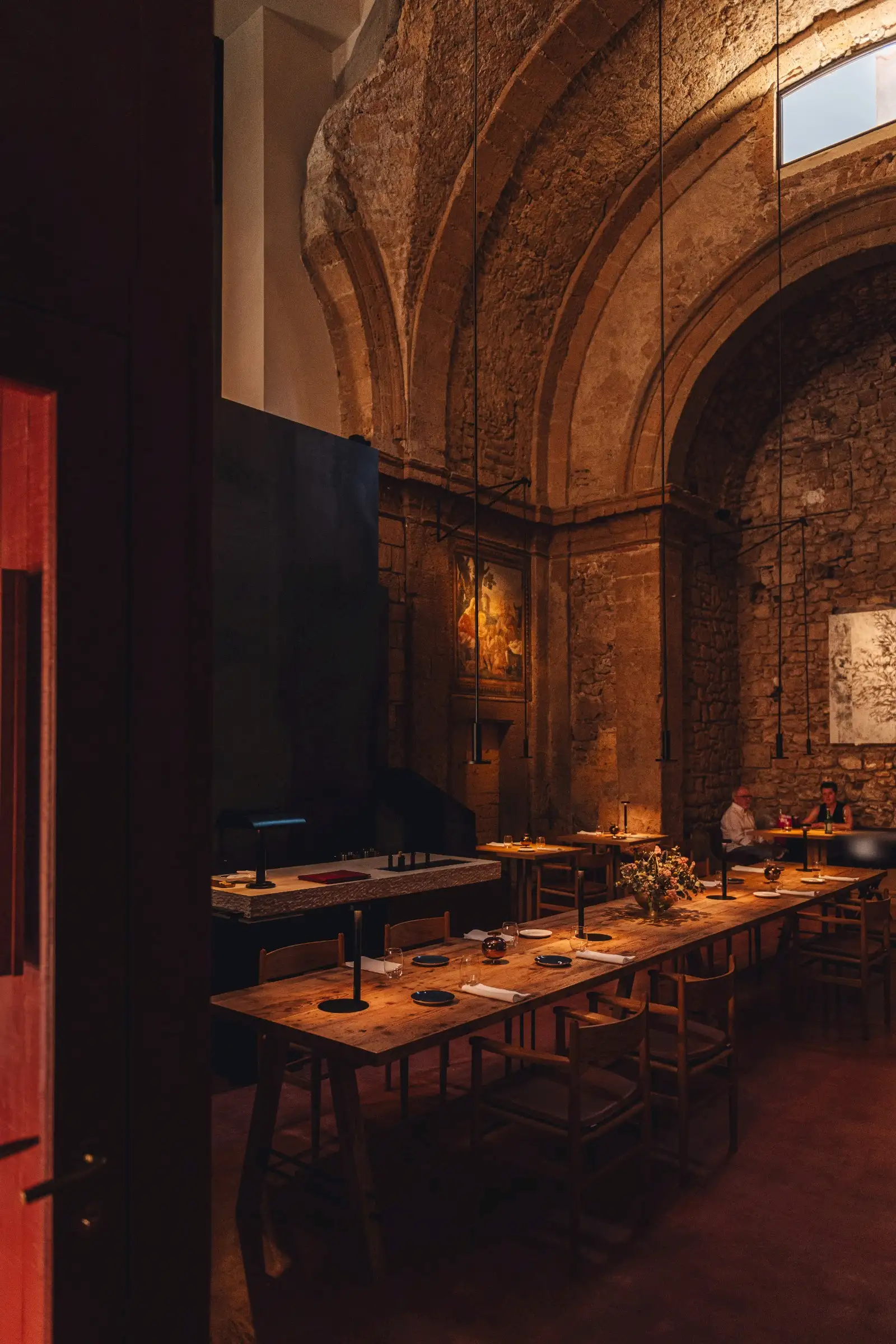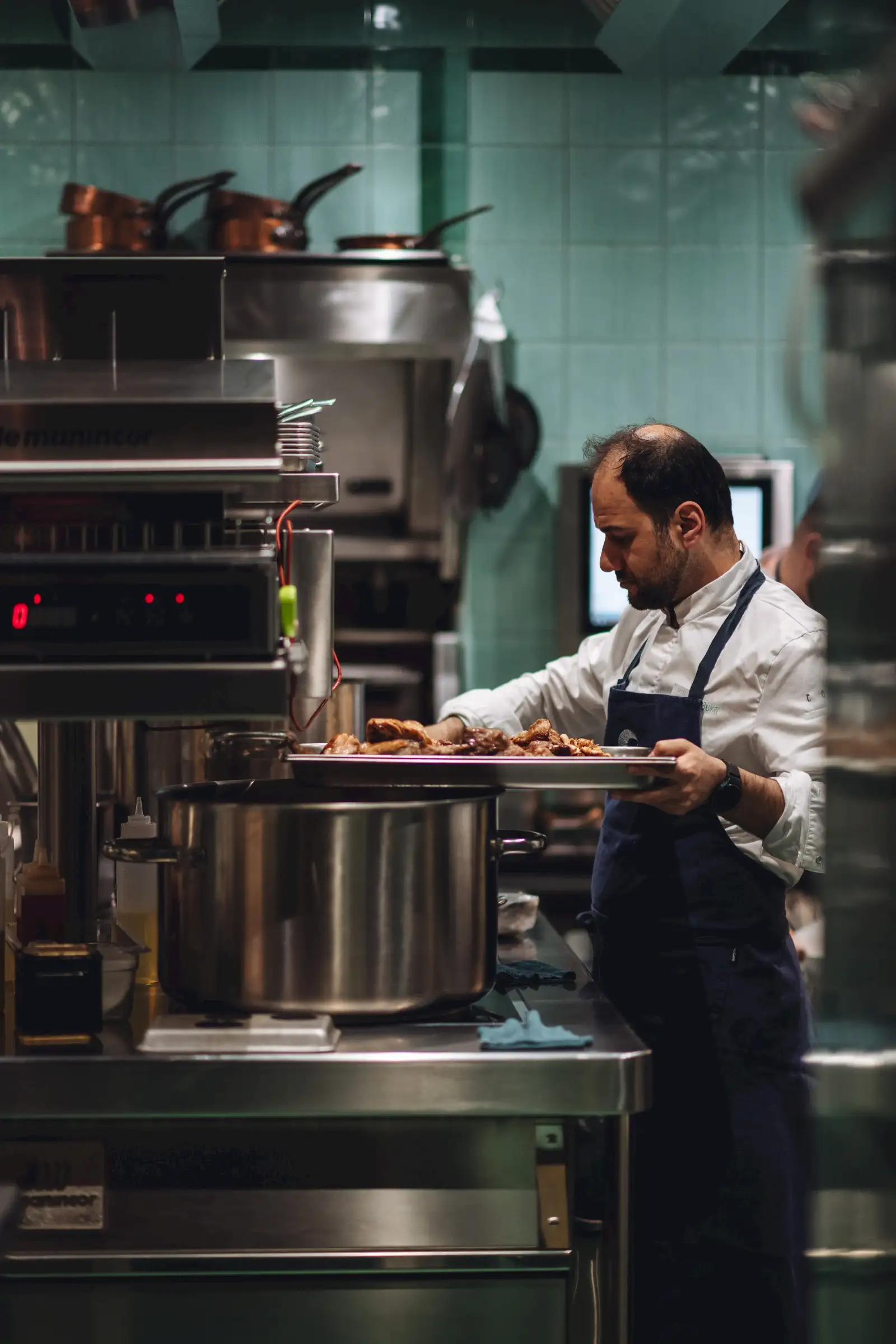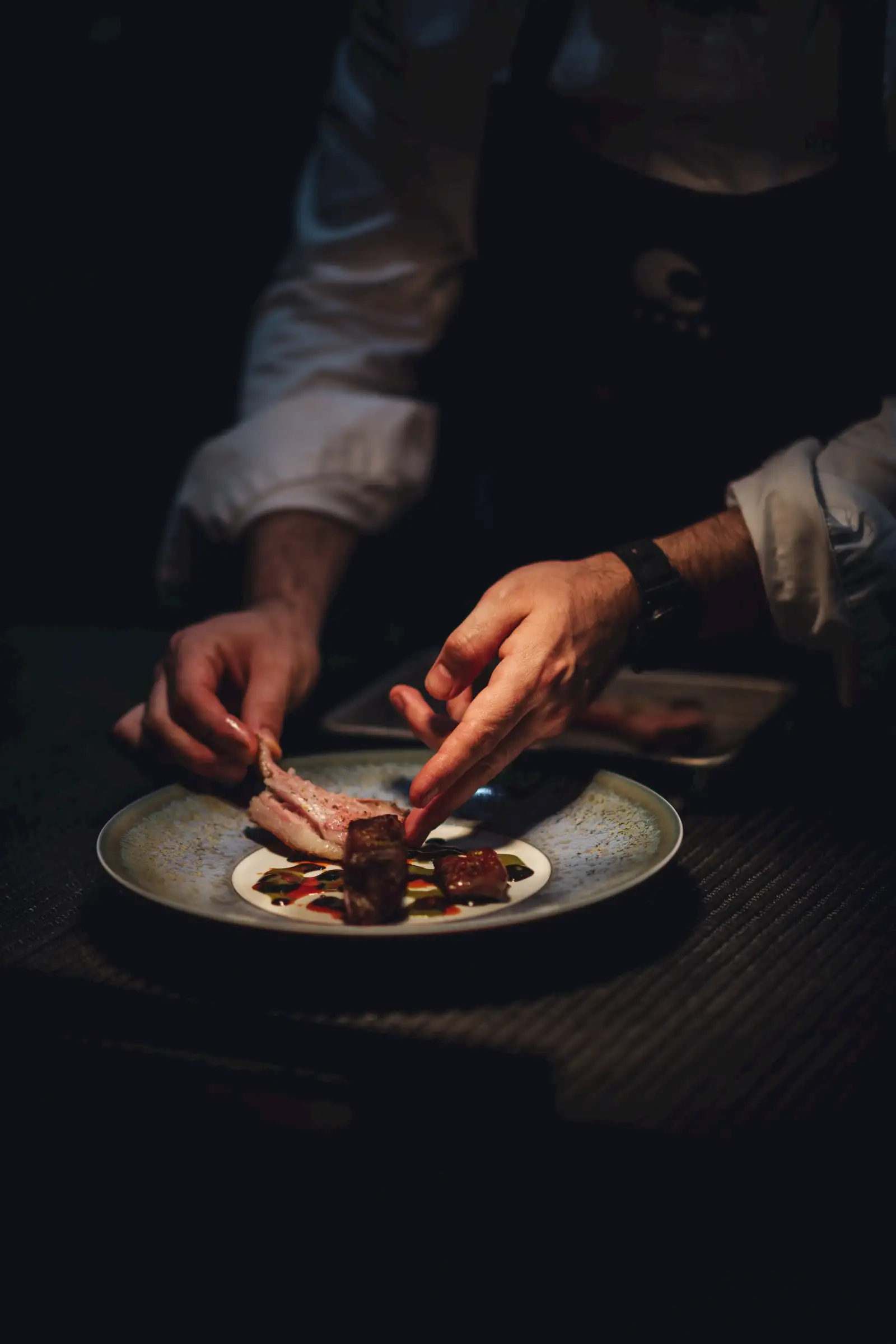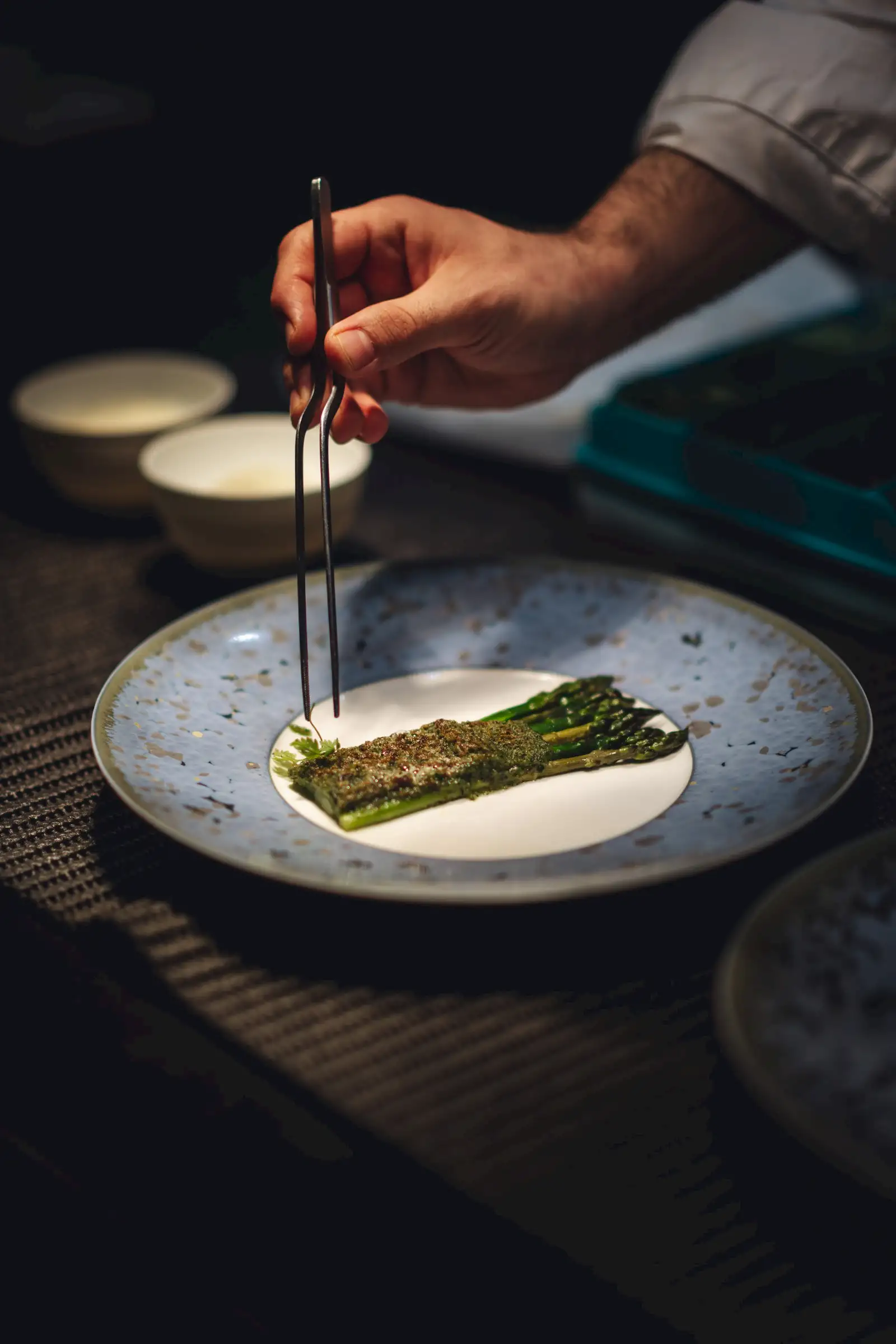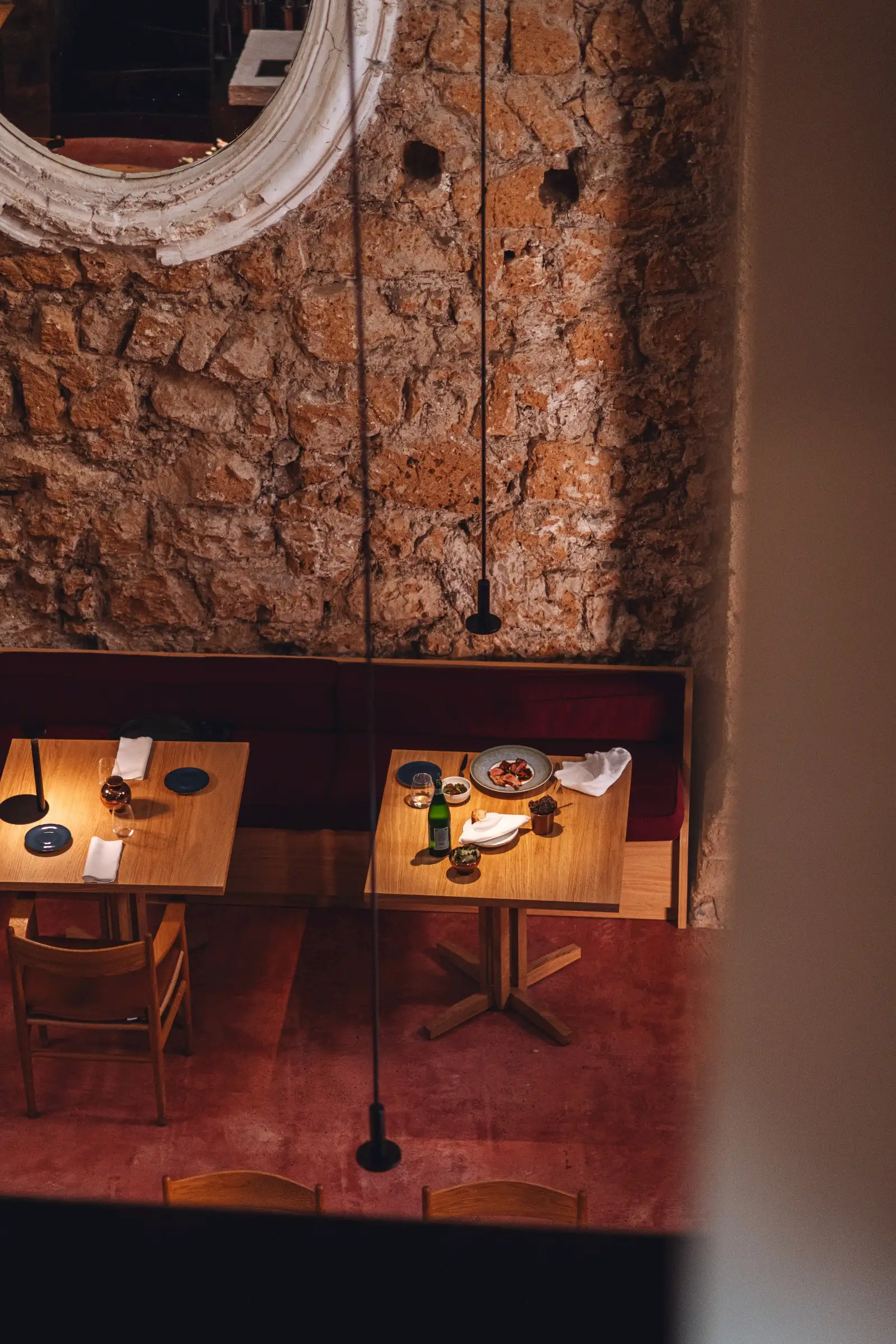Written by Lucrezia Worthington
modified 13 July 2025
4 min. read
Straddling the border of Umbria and Lazio, it’s less photographed than its Tuscan neighbours, but no less arresting. Here, layers of Etruscan origins, medieval architecture, and Gothic flourishes form a cinematic backdrop to a day of quiet, slow beauty. The streets are cobbled and fragrant with jasmine; the mood is contemplative but never dull. If you time it just right, say, during Corpus Domini in early summer, you’ll find the town transformed, with flower-strewn streets and Renaissance pageantry bringing the past brilliantly to life.
After an espresso al bancone at Bar Montanucci, begin your day where all roads lead: Orvieto Cathedral. Its façade is a masterpiece of medieval art, with intricate mosaics, rose windows, and sculpted scenes of the Last Judgment. Inside, the Chapel of San Brizio stuns with Luca Signorelli’s Renaissance frescoes, which are believed to have influenced Michelangelo’s Sistine Chapel. Fra Angelico also left an inedible mark, with a number of frescoes still visible today. Legend has it that the cathedral’s construction lasted over 300 years, involving dozens of architects, including Lorenzo Maitani, who left his personal mark on the façade with expressive bas-reliefs.
From there, wander through narrow streets to Torre del Moro, a 13th-century clocktower that offers panoramic views across the Umbrian hills and the town’s terracotta rooftops. Or for a quieter vista, stroll along the walls of Rocca Albornoz, the town’s fortress, where time seems to stretch and the light is golden well before sunset.
Orvieto is a haven for slow, thoughtful shopping. Stop byLa Corte dei Miracoli, a tucked-away pottery workshop where artisans shape terracotta and ceramic by hand, their patterns drawing from centuries-old Umbrian traditions.
For something more personal, Alessandro Barone’s jewellery studio offers one-of-a-kind pieces using semi-precious stones and timeless design.
Book lovers should make a beeline to Libreria Arcimboldo, a hybrid of bookshop and gallery that mixes vintage art books with playful curios. Before lunch, drop into Enoteca La Loggia to pick up a bottle of Orvieto Classico DOC, the crisp, mineral white wine grown on the volcanic slopes surrounding the city.
Lunch is best taken at Trattoria del Moro Aronne, just steps from Piazza del Popolo. It’s a locals’ favourite for good reason: dimly lit, rustic, and full of soul. Here, pici is tossed with wild boar ragù, and umbrichelli with truffle arrives fragrant and steaming in handmade bowls. The service is warm, the pace unhurried, and the wine pours generously.
In the afternoon, retreat to the refined calm of Bottega Véra, opened by Cesare and Sabrina, for a glass of Orvieto Classico and a rich aperitivo platter: bruschettas with black truffle, aged pecorino, and Umbrian salumi. Or venture into the countryside for a vineyard tour: Decugnano dei Barbi is a short drive away and offers tastings in a storybook setting, complete with vineyard views and cellar tours.
The winery’s roots reach back to the 13th century, when the land was cultivated by monks who understood the sacred connection between soil and sustenance. The name “Decugnano” itself comes from the ancient village that once stood here, a nod to its centuries-old agricultural legacy. In 1973, Claudio Barbi, a visionary with a deep respect for tradition, acquired the property and began transforming it into a modern yet authentic winery, preserving its soul while ushering it into a new era.
Today, the estate is lovingly run by Enzo Barbi, Claudio’s son, who carries forward his father’s legacy with warmth and passion. Enzo is often the one welcoming guests, leading cellar tours through volcanic tuff caves and pouring generous tastings while recounting the estate’s history. Among the highlights is their classic method sparkling wine (Metodo Classico), a true standout and a historic first for Umbria.
For dinner, go all in at Coro, housed within the former 16th-century church. The space, restored by architect Giuliano Andrea Dell’Uva, is breathtaking, with soaring ceilings, faded frescoes, and a glass-encased private dining room suspended above the main floor like a contemporary altar. At the helm is Chef Ronald Bukri, whose Albanian-Italian heritage informs a menu that is deeply rooted in tradition but delivered with precise, modern flair. His dishes are thoughtful compositions—each plate balancing memory and innovation, earth and elegance. Expect seasonal, local ingredients transformed into poetic expressions: handmade pastas with unexpected pairings, delicate crudos, and soulful meats that nod to Umbrian terroir.
Do you also want to discover Umbria? Have a look at our holiday villas in Umbria here.
Lucrezia Worthington
I am a Travel Journalist and Content Creator born in the UK, made in Italy. It is in fact in Italy that I have settled down, travelling to Umbria, Puglia and Sicily on a frequent basis. Although it seems as though I was always destined to work in the travel industry (I took my first flight at the age of 3 weeks old), I wouldn't have had it any other way. I love discovering, exploring and sharing the beauty of this world, and specifically, of our country: Italy.
